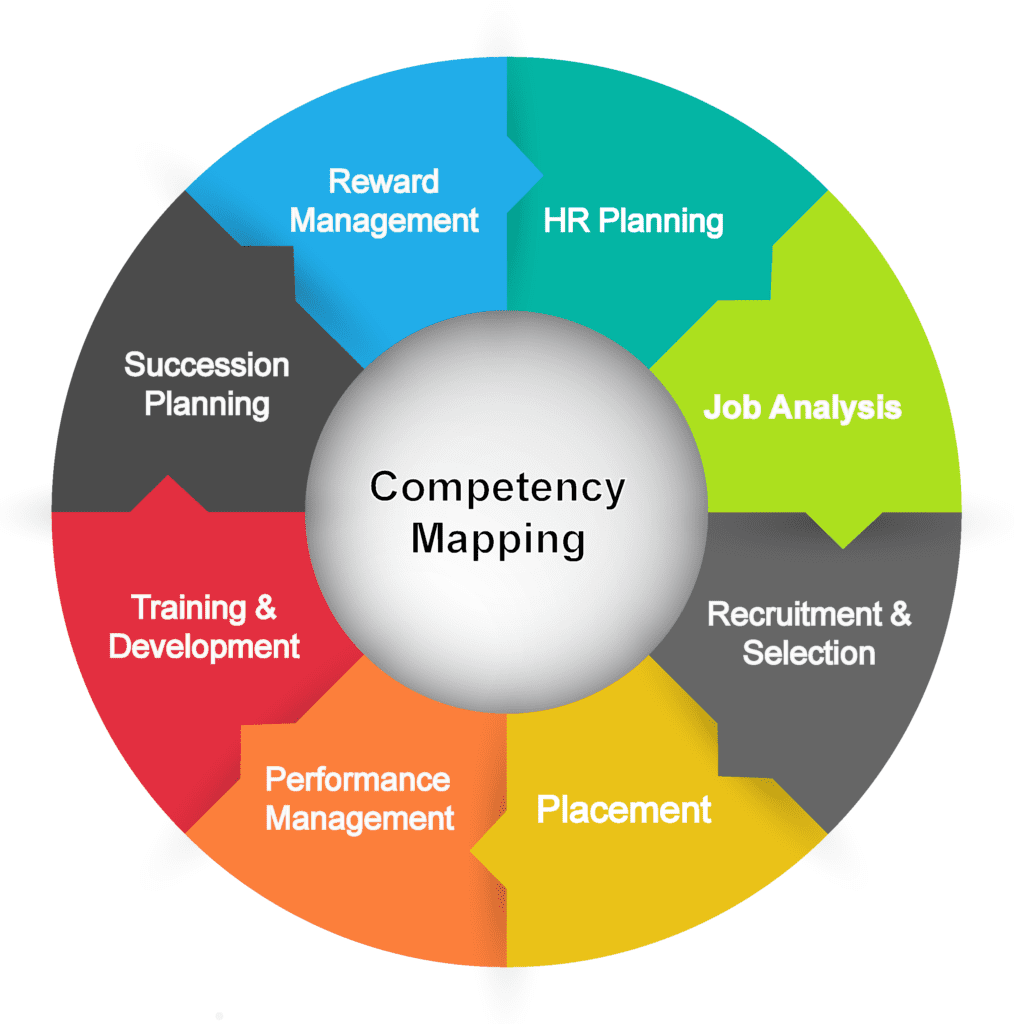Project management is the process of designing, implementing, and measuring a project while dealing with its every aspect: labor, budget, goals, efficiency, etc. Organizations are increasingly using project management to maximize their efforts, and make sure individual projects are being run with a quality control and overarching vision that meets long term organizational objectives. Project Managers train to work in this field through practical experience, higher education (especially MBA’s in Project Management), and through earning credentials by passing tests like the Project Management Professional® (PMP) certification examination. It’s also important for a project manager to be able to effectively communicate the projects they’ve worked on previously: how they were able to create them and accomplish project goals, and what they learned through their efforts.
As a project manager, you’ll want to be able to deliver this information in the cleanest, most compelling and comprehensible fashion. To do so, you’ll want a project management portfolio, to transport you along your project management career path.
What is a Project Management Portfolio?
To disambiguate, project management portfolios are different from project portfolio management. Project portfolio management is a centralized management system that provides a framework for project managers to collectively inspect and manage projects based on factors like financial goals, operational goals, risk, scheduling, resources, customer service and more are being calibrated consistently, and to better support one another. This is incredibly important to project management, and a great resource on project portfolio management can be found here. Alternatively, and what we’re focusing on is a project management portfolio. A project management portfolio should absolutely include the project portfolio management software that you use. But a project management portfolio is a way to showcase your specific skillset and previous work you’ve done as a project manager. When you think portfolio, you generally think art, or architecture, but in many ways, project management is both (and more). You need to be able to showcase your (often more abstract) work, as well as your understanding of the factors involved in project management and your ability to control them in favor of an organization’s aims.
Building a Project Management Portfolio
By creating a story that conveys your abilities and experience, you can accentuate them, and have the reader connect with you as a person and manager. In fields like design and development, portfolios often say more about a candidate than an interview or resume. In some cases, the same may be said for project management.
So what goes into a a project management portfolio? First a title page. Keep it simple — like a pared down resume– with your name, certifications received (like the PMP), and a clean, concise title that describes its contents. Next, a reader should find a table of contents. Your portfolio’s organization is a reflection and first impression of your own, so the more tautly its constructed, the better. So how should you organize the portfolio? A great strategy is to break it down into your core strengths. If you’re great at resource management, risk analysis, communication, motivation, etc, offer sections on those skills. Make sure you’re not just putting what you think your audience wants to hear, but what you’re best at, and what you can demonstrate through details and projects you’ve worked on that reflect these strengths. Remember, each project that you cover in your portfolio should include the problem you approached, what you did to solve it, and the results of your solution. From this structure you can really experiment and make your portfolio a project in which the goal is proving what sets you apart from other project managers.
Tips for Project Management Portfolios
Look for as much feedback as you can find on your portfolio. Sometimes the language of project management can seem sterile, and while you want your profile to exhibit your technical chops, you also want it to be a humanizing portrait of your work and potential. It can grapple with lessons you’ve learned from failure, and demonstrate your ability to adapt under pressure and changing circumstances. Your portfolio should tantalize the reader, and make them curious to ask more about your work, allowing you to move the conversation or interview further into what you do best, and what you had to do to get there. Knowing when to answer a question with a section of your portfolio, and when to freestyle, or both are aspects of your portfolio and its presentation you should be continuously tinkering with. You might want your portfolio to be in multimedia formats, and prepare both physical and digital copies that you have on hand. Take general questions like “what’s your experience?” and filter them through the sections you’ve broken your portfolio into. This way, you can discover where their needs lie, and already be offering specific examples of how you can meet them. As a project manager, you know that tracking your work and consistently analyzing and reporting on it is essential to all iterative management practices. Additionally, make sure the organization of your reported results conforms to the Project Management Body of Knowledge (PMBOK) published by the Project Management Institute. You might want to keep an audio or video journal in which you compile your findings, and organize your thoughts and previous projects in preparation for including them in a portfolio. Throughout your project management career path, remember that your portfolio is a living document that quantifies your work while representing your work value and potential.
